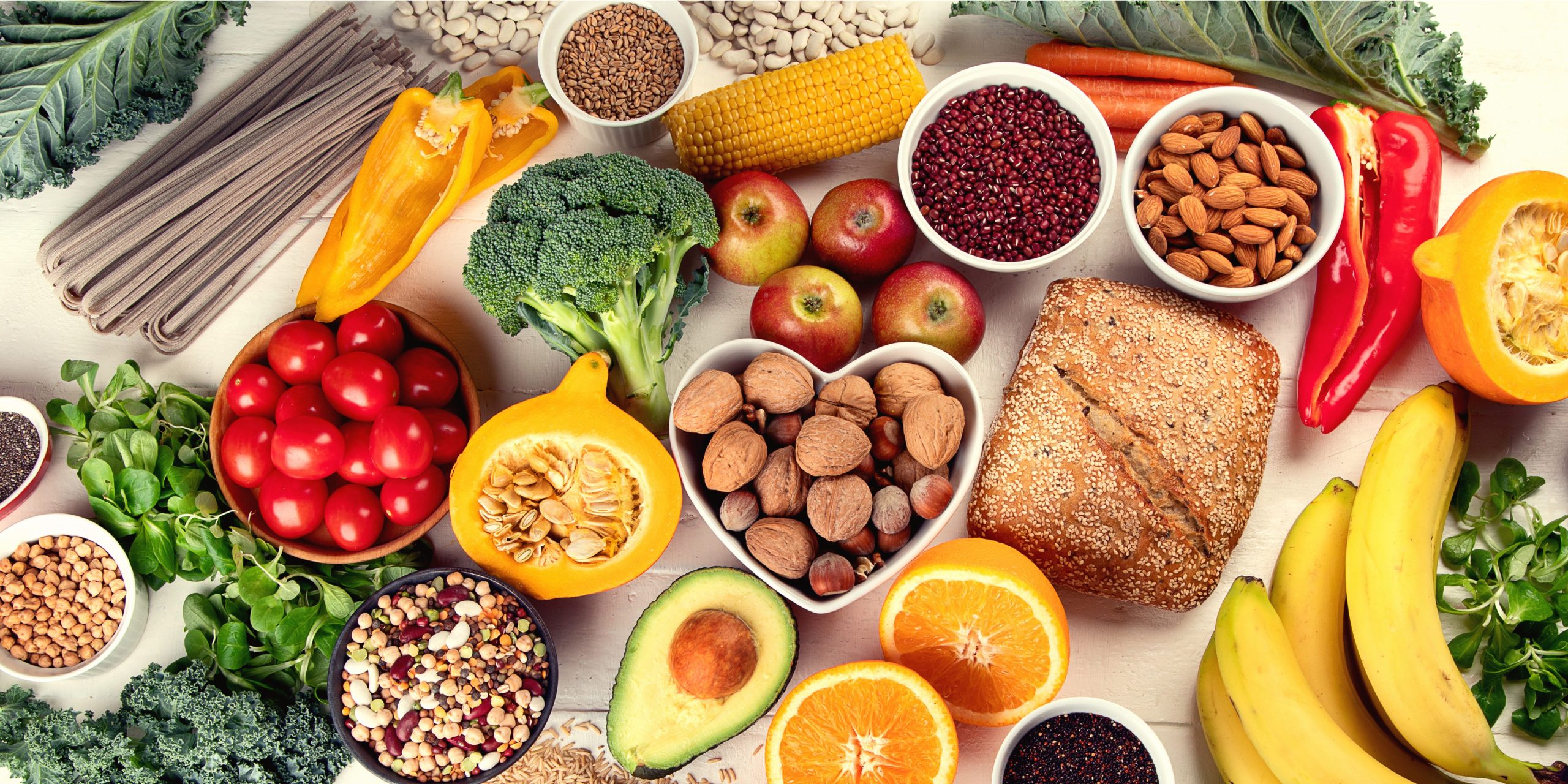
Dietary fiber, often hailed for its digestive benefits, plays a far more profound role than just aiding your gut health. It’s the unsung hero in the realm of overall well-being. Fiber, found in plant-based foods, is indigestible by the human body, but it's this very characteristic that makes it vital. It’s like an internal broom, sweeping through your digestive tract, keeping things moving, and ensuring your body isn't holding onto waste longer than it should.
But its benefits extend beyond just a clean digestive system - fiber is the silent guardian of your overall health, impacting everything from cholesterol levels to your body's inflammatory response.
The Fiber-Blood Sugar Connection: A Cellular Dance
Here's where fiber takes center stage in managing blood sugar levels. When you eat, your body breaks down carbohydrates into sugar, which then enters your bloodstream.
This increase in blood sugar signals your pancreas to release insulin, a hormone that helps sugar move from your blood into your cells for energy. Now, enter fiber - the regulator in this intricate dance. Soluble fiber, in particular, forms a gel-like substance in your gut, slowing down the absorption of sugars into your bloodstream.
This means no more dramatic spikes in blood sugar levels post-meals, but a more measured, steady release, giving your body the balance it's been craving.
Here are the top warning signs of fiber deficiency a diabetic should watch out for:
- Frequent energy crashes post-meals, despite eating 'healthy.'
- A constant battle with hunger pangs, no matter how much you eat.
- Blood sugar readings that resemble a roller coaster more than a calm sea.
- A digestive system that's either sluggish or a little too active.

Revolutionize Your Plate With These 6 Fiber-Rich Tips for Balanced Blood Sugars
So, how do you harness the power of fiber in your quest for stable blood sugar levels? Here are some tangible, easy-to-implement tips:
- Start with Breakfast: Opt for a high-fiber breakfast like oatmeal or a smoothie with leafy greens to kickstart your metabolism and keep blood sugars in check.
- Snack Smart: Replace processed snacks with fiber-rich alternatives like nuts or an apple.
- Bulk Up Meals: Add beans, lentils, or extra vegetables to soups and stews for a fiber boost.
- Stay Hydrated: Water works in tandem with fiber, helping to move things along in your digestive tract and prevent sugar spikes.
- Mindful Measuring: Aim for at least 25-30 grams of fiber per day. A gradual increase is key to letting your body adjust without discomfort.
- Quality Over Quantity: Focus on whole, unprocessed sources of fiber for the best impact on your blood sugar levels.
Embrace the Change for a Healthier You
The path to stabilizing blood sugar levels isn't just paved with restrictions but with informed choices about what goes on your plate. If you've been diligently eating 'healthy' yet not seeing the results in your blood sugar levels, a fiber-focused approach might just be what you need.
Remember, managing diabetes isn't a one-size-fits-all journey. It's a personal path that requires understanding the unique needs of your body. Consider consulting with a natural health practitioner to tailor a diet plan that's right for you. Armed with knowledge and the right dietary tools, you're not just fighting diabetes; you're paving the way for a healthier, more vibrant life.
